August 23, 2023
How does a career in transportation consulting differ from working for a public agency or in academia? And how can you know which sector of the profession is right for you?
Earlier this month, Kittelson hosted a social event for students attending the ITE International Meeting. On a crowded rooftop on a warm Portland evening, students from ITE chapters across the country made connections with industry professionals and one another, and listened to a panel conversation in which specialists from the public sector, private sector, and academia shared their perspectives regarding how each of these career tracks is unique—and how they’re similar.
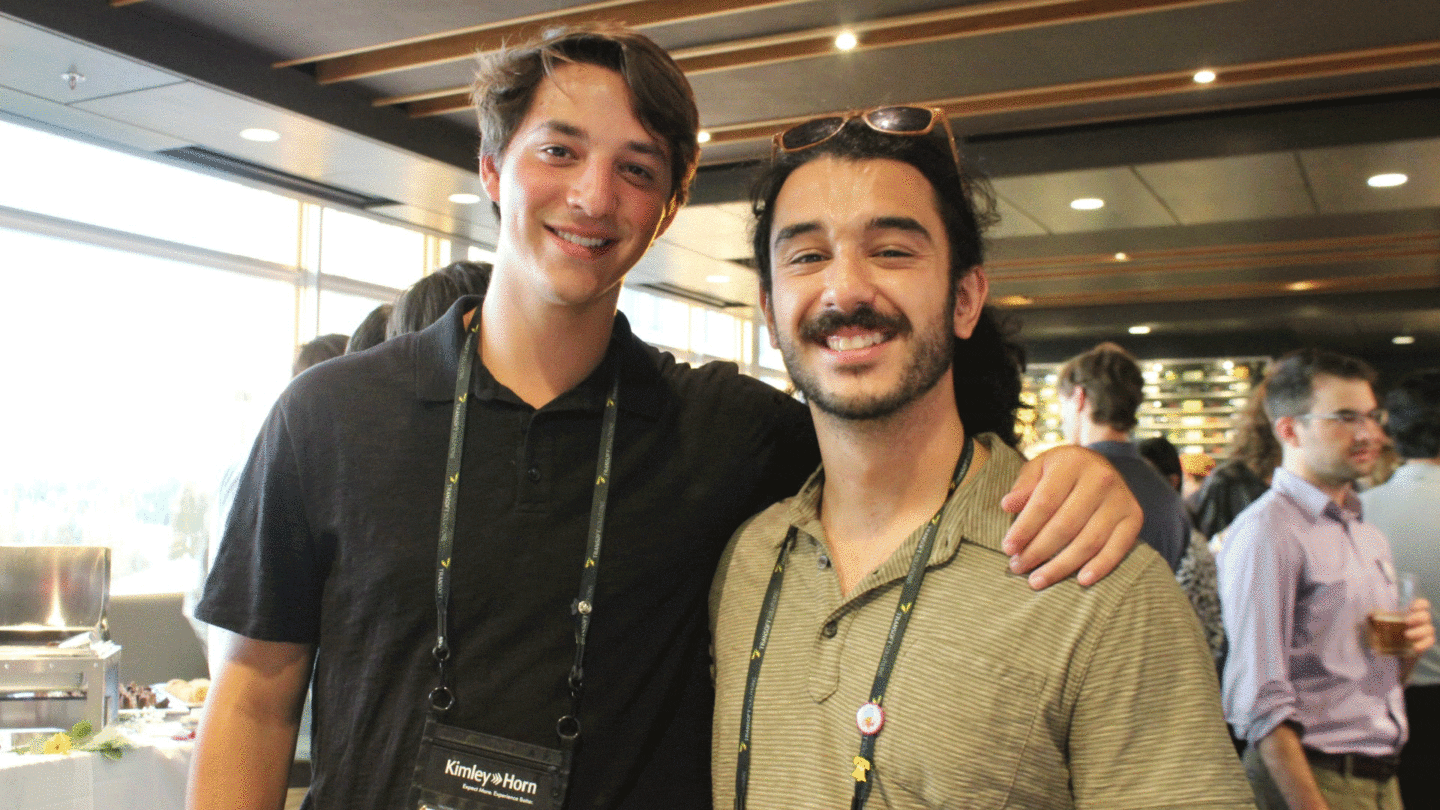
Students from ITE chapters across the country had the chance to engage with industry professionals and one another.
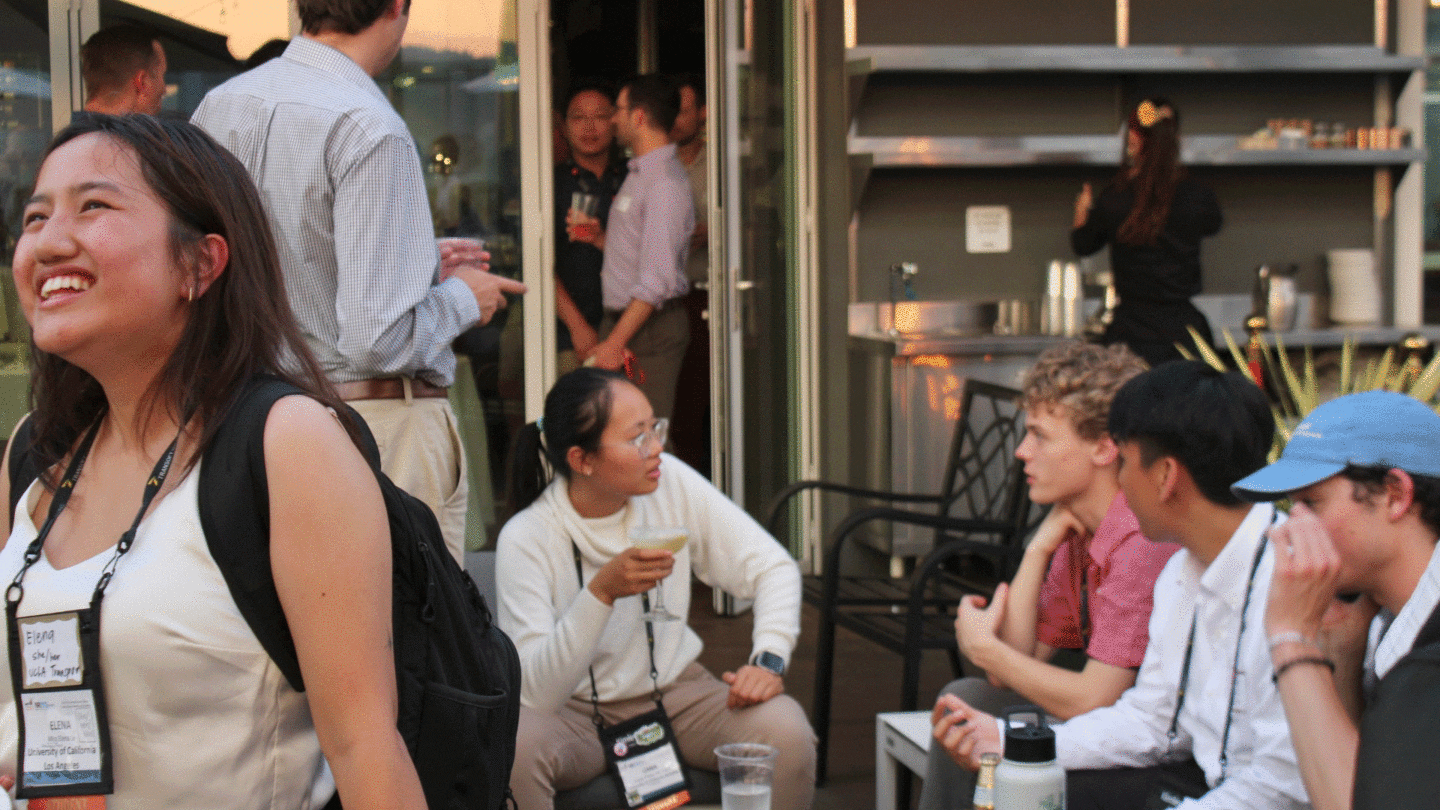
“All of us are here to solve transportation problems,” said Robert Bertini, who serves as school head and professor of civil and construction engineering at Oregon State University. “Ultimately, we are serving our societies, communities, and future generations.”
Julia Knudsen, associate engineer with Kittelson & Associates, shared that she was drawn to the private sector due to the flexibility and collaboration that comes with consulting. “One of the things I really enjoy is we’re always adapting, learning, expanding what we do to serve our clients, and we always work in teams. I appreciate not having geographic boundaries and getting to work on a variety of projects from the national to the local level.”
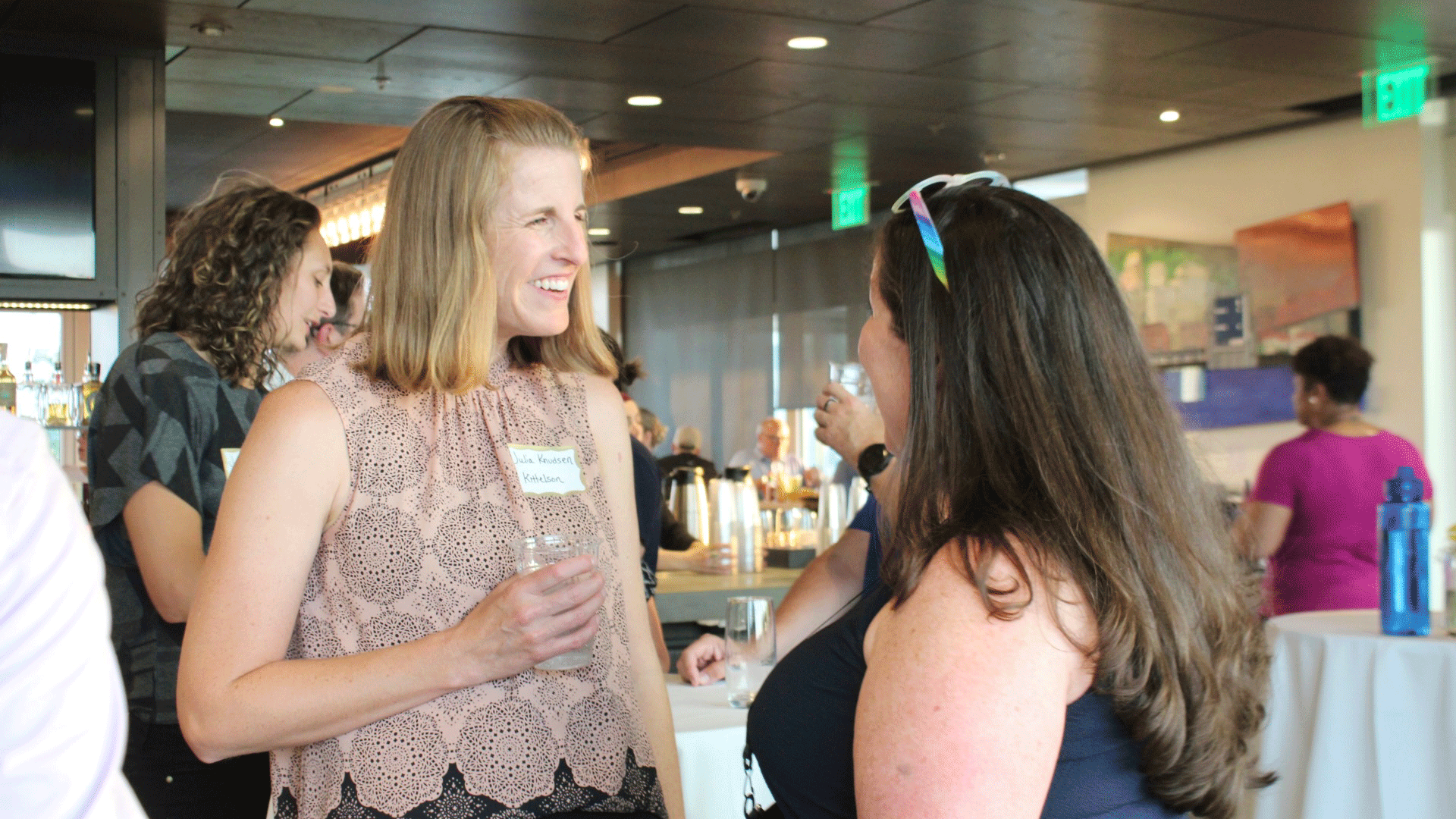
Julia Knudsen (left) spoke on the panel about the flexibility and teamwork she enjoys through serving as a consultant.
David Kim, statewide project delivery manager at Oregon Department of Transportation (ODOT), said his role in the public sector can best be summed up as stewardship. “Public agencies are responsible for multi-billion dollars’ worth of projects, and it’s our job to use taxpayer dollars efficiently and effectively,” he said. Kim also talked about the benefits of working in local government, where you can be involved in improving your local community. “You can see the direct impact you have. When I travel around town, I see and use roads and bridges that I had a hand in creating.”
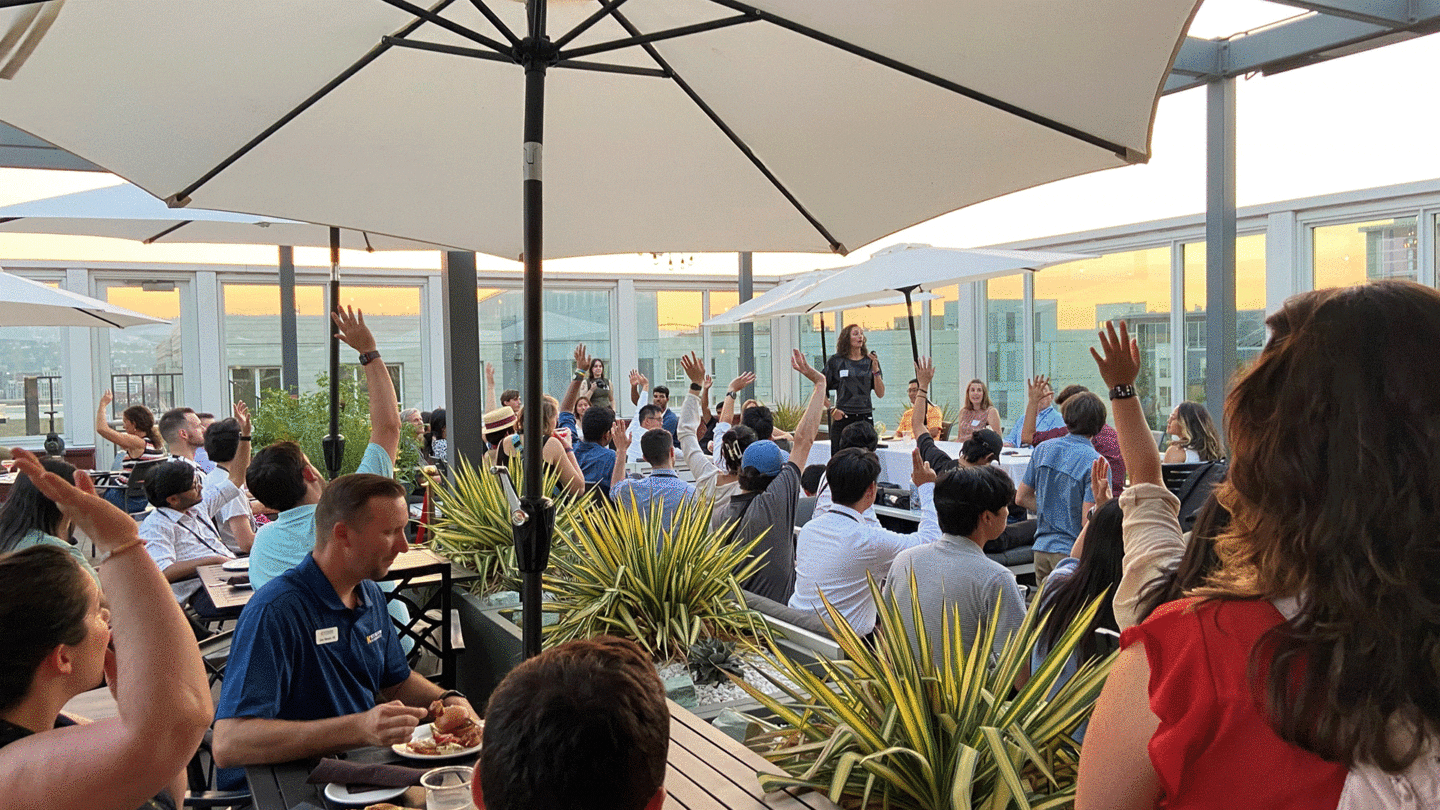
Jacki Smith, senior engineer with Kittelson, solicits audience participation during the panel conversation.
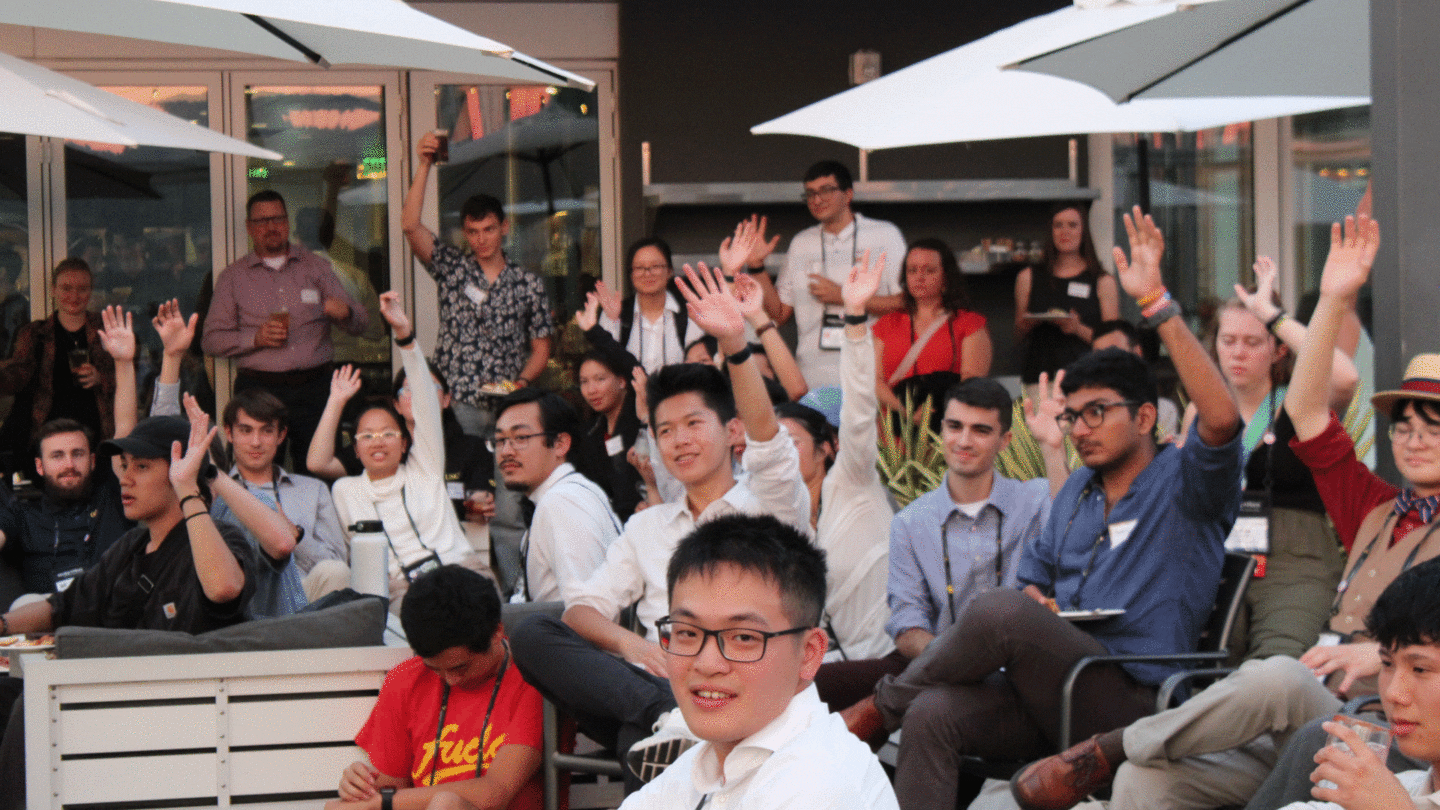
Each of the panelists also shared how they leverage their unique position to serve communities. Bertini spoke about the role of research in solving problems that exist today, but also forecasting into the future to identify problems that don’t yet exist. Knudsen spoke about how consultants can guide clients to apply context-sensitive planning and design principles to take that community’s unique situation and needs into account when developing solutions. Kim emphasized community engagement, working directly with a community to develop a vision for what that community will look like.
The panelists closed with advice for student attendees: it’s all right if you don’t know what you want to do with your career yet. The best thing you can do is get out there. Talk to professionals in different positions, pursue internships, get a professional license, and go out in the field to see projects being implemented in front of you. Each of these actions will help you hone in on what you’re passionate about. And most importantly, identify what you personally value.
“We all have personal values that guide us in our decision making,” said Kim. “Reflect on what yours are, and look for an organization that embodies those values.”
Thank you to each of our panelists, and to the students and professors who joined us!
